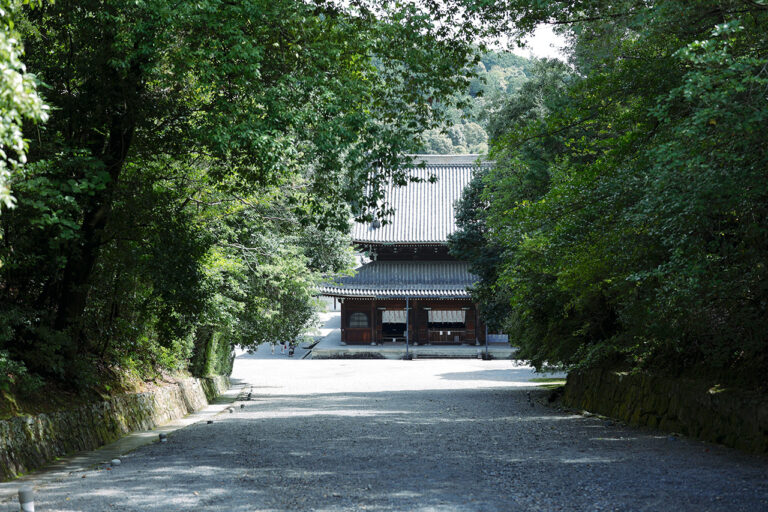
What to see at [Sennyu-ji Temple] where you can pray for peace with successive emperors...
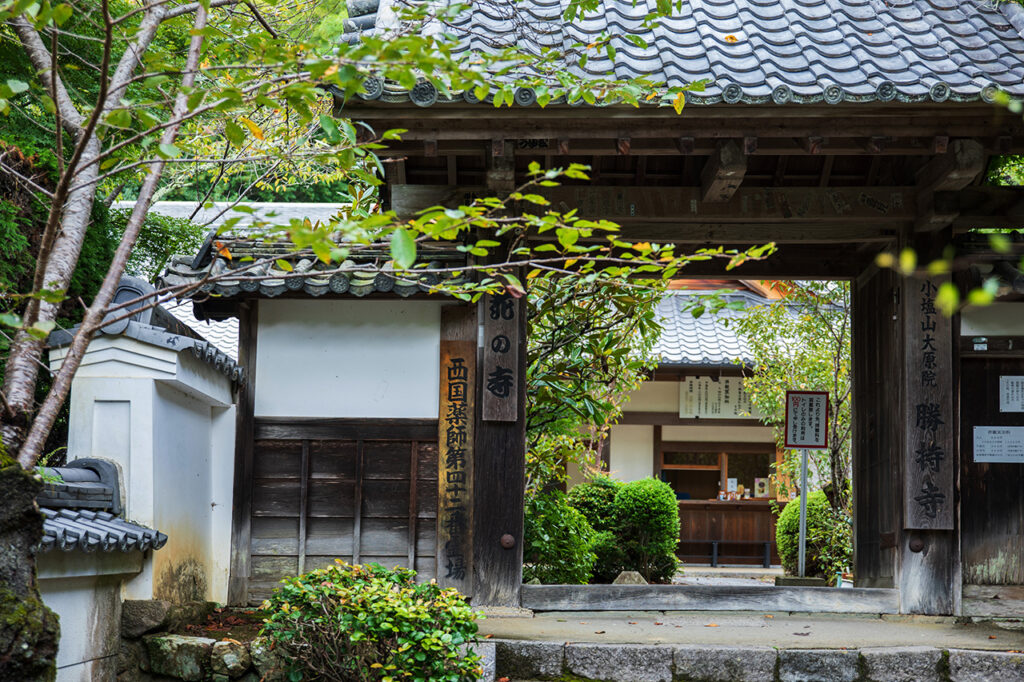

A temple of the Tendai sect, which is said to have been built in 679 (Tenmu 8) by En no Osumi under the imperial order of Emperor Tenmu, and rebuilt in 791 (Enryaku 10) by Saicho under the imperial order of Emperor Kanmu. Yakushi Nyorai, a rare figure that picks up medicine with the right hand from the medicinal pot on the left hand, is enshrined in the Rurikoden as the principal image of worship. The principal image, as well as the statues of Yakushi Nyorai and Kongo Rikishi, which were discovered inside the principal image, have been designated as national important cultural properties. It is also known as the temple where Saigyo Hoshi, who is also known as a poetry monk, became a monk.
There are about 100 cherry trees of various kinds, including the Saigyo-zakura, which is said to have been named after the poet Saigyo-hoshi, who sang, "If you don't get used to the flowers, you'll be sad." Every year in early April, you can admire the cherry blossoms in full bloom. There are as many autumn leaves as there are cherry blossoms, so the autumn leaves are beautiful in late autumn, and you can enjoy the scenery of each season.
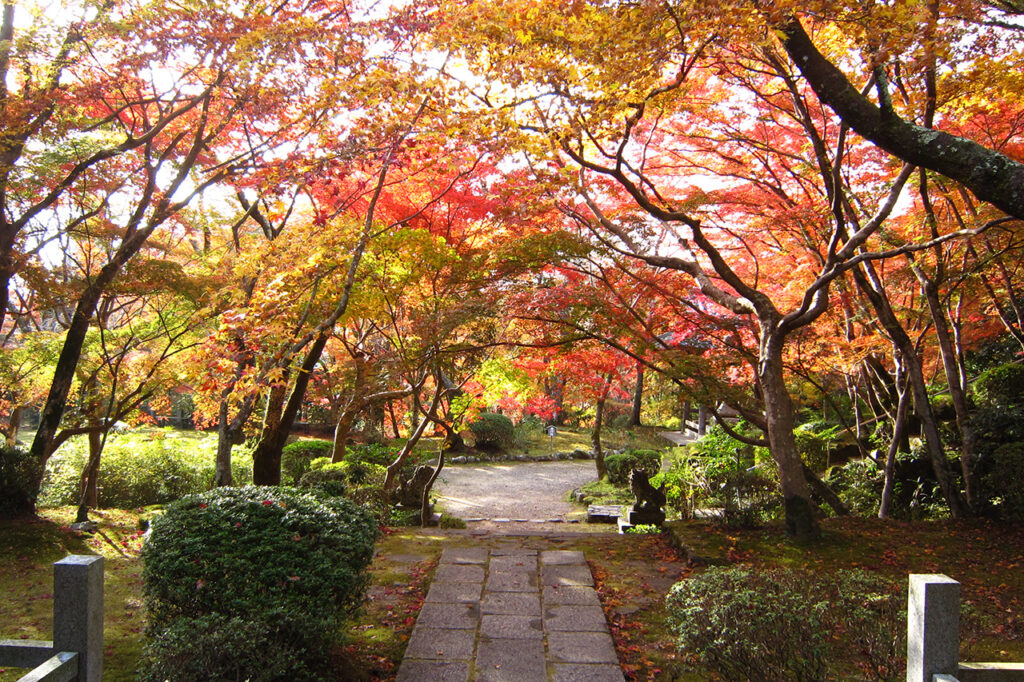

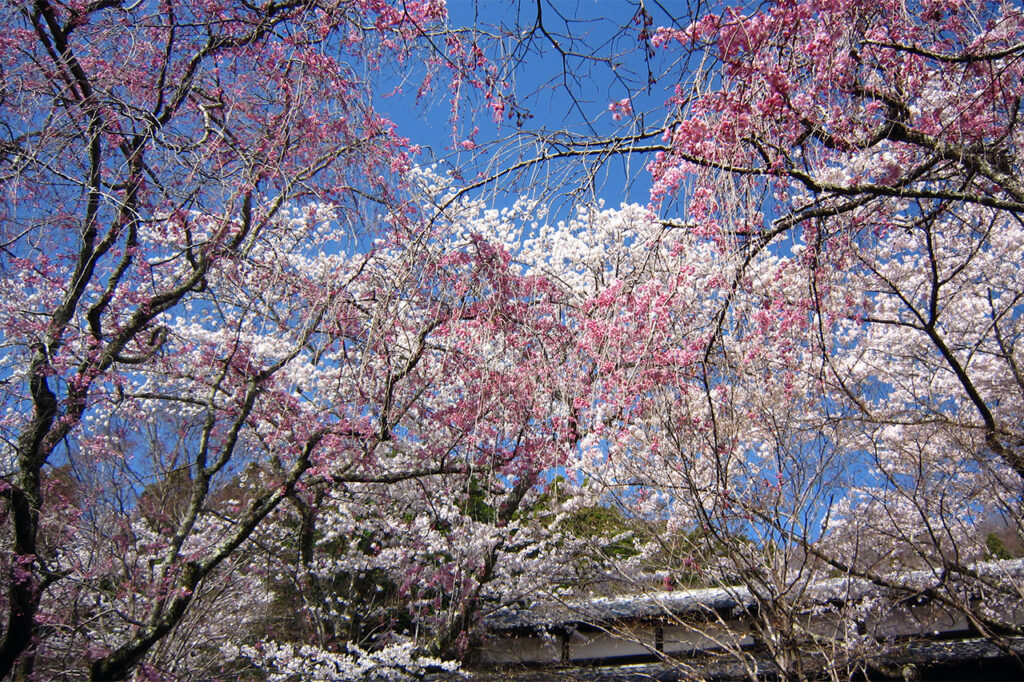

Saigyo-hoshi, who is said to have entered the priesthood at this temple, is said to have used this stone instead of a mirror to shave his head when he entered the priesthood. Let's think about how Saigyo Hoshi faced this stone and how he became a monk.
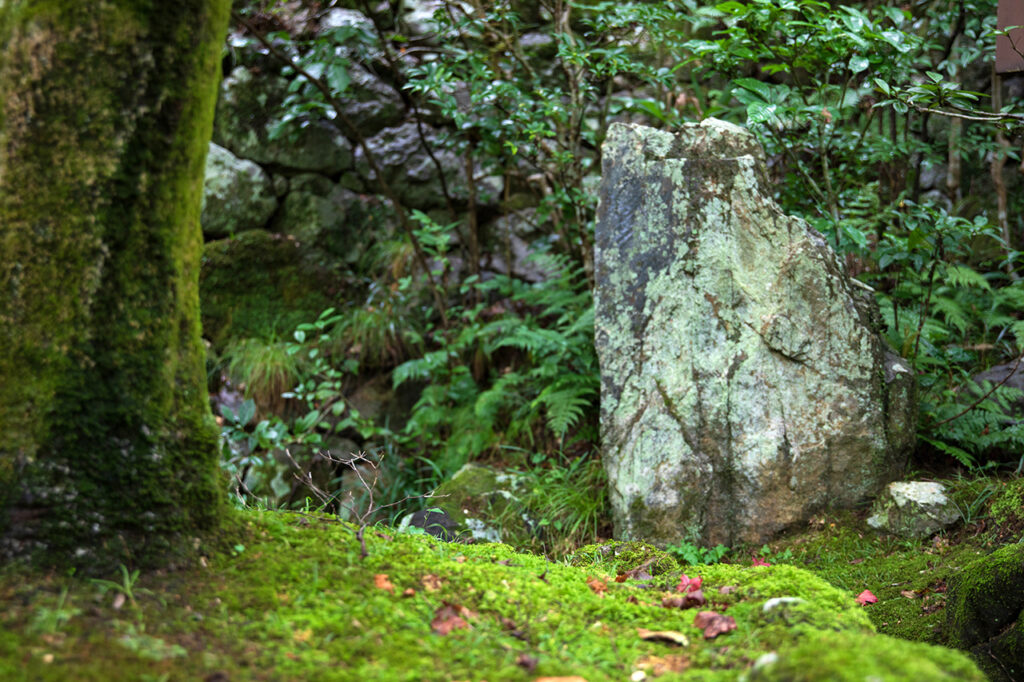

Gyoran Kannon is enshrined in the depths of the pond adjacent to Fudodo. The autumn leaves in front of you and their appearance are beautiful. Gyoai Kannon is a Kannon that appears in Journey to the West, and it is said that there is a fish in a bamboo basket in his hand. It is worshiped mainly in areas where fishing is prosperous, and in Kamaishi, Iwate Prefecture, there is a Gyoai Kannon that is as large as 50m.
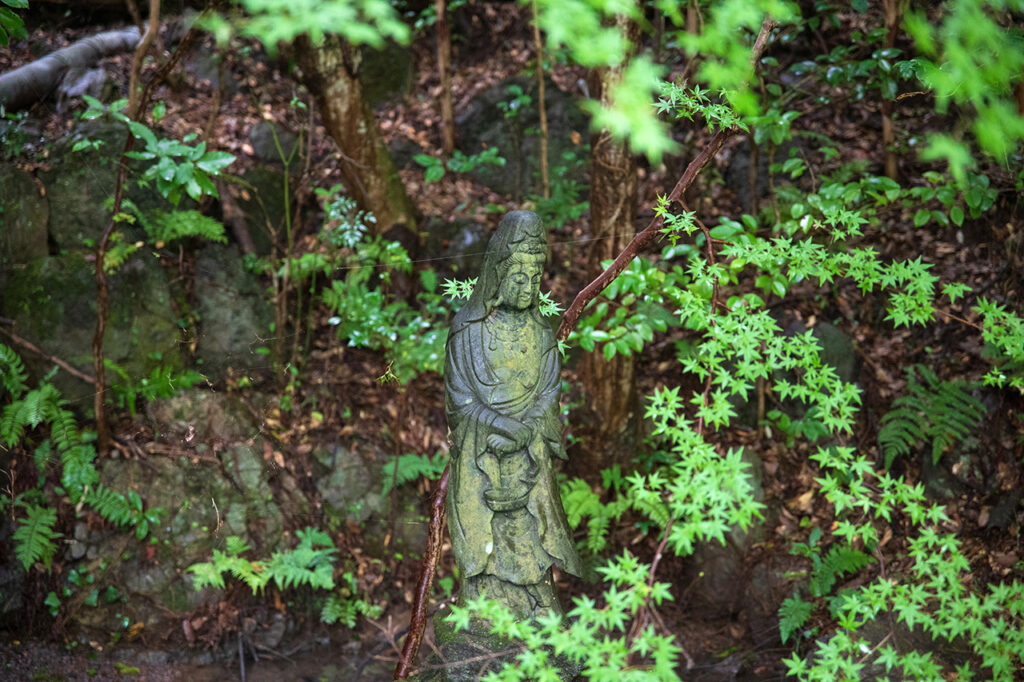

This autumn, amulets for fulfilling various wishes with the motif of the principal image will appear. It looks like it is plucking medicine from a medicine pot, and it is said that it is said to have the benefit of healing illness. It is a card type and can be put in a wallet or smartphone case, so you can always carry it with you. Great for yourself or as a gift.
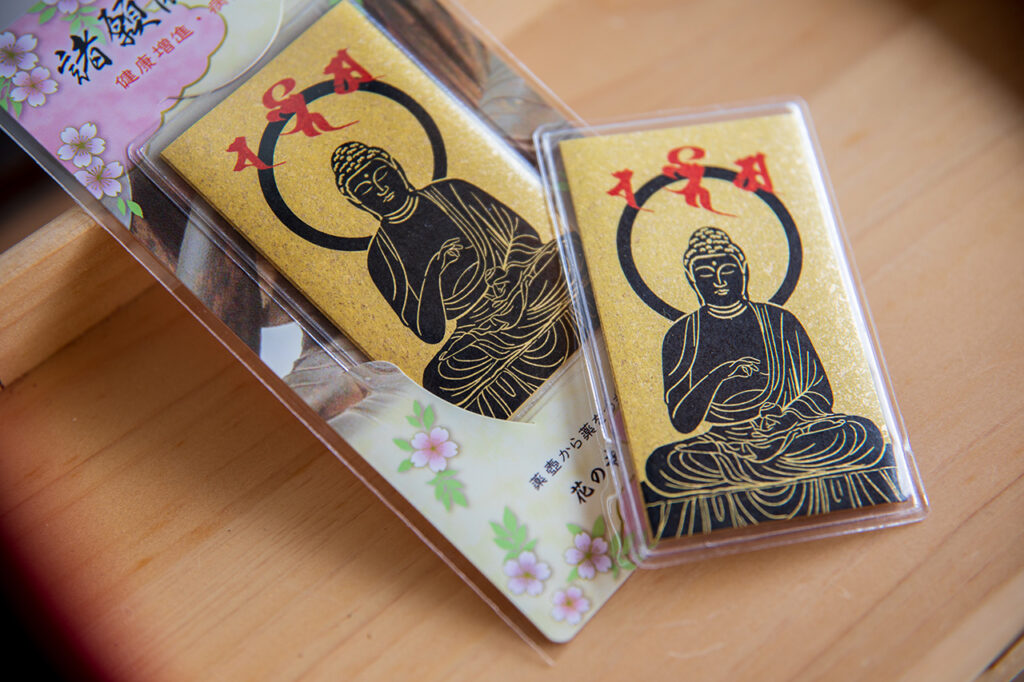

The goshuin as a proof of your visit and as a souvenir are also unique. You can get the “Kinshi Yakuhoin” (500 yen), which uses gold paper in the shape of a medicine pot, and the beautiful “Kirie Goshuin” (800 yen), which is a paper cutout of the principal image and autumn leaves. Goshuin and amulets can be given at the reception.
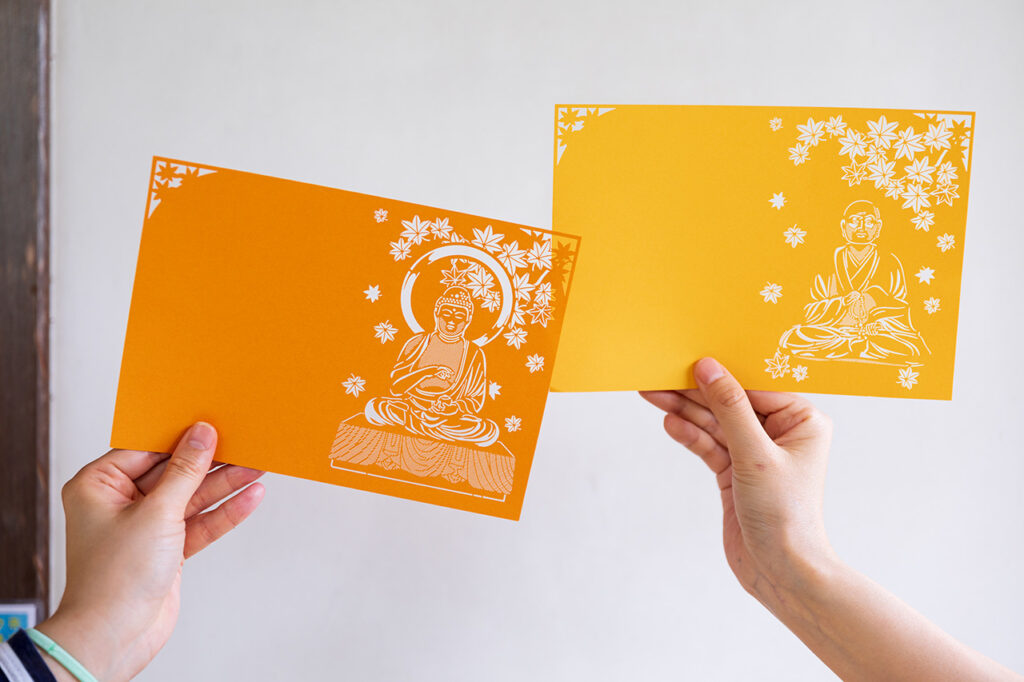
Cutout Goshuin

Over 600 interviews per year! An order site carefully selected by the editors who knows Kyoto and Shiga.
nowOfficial LINE friend registration500 yen OFF coupon is being issued!
Distributed every Friday morning at 8:00 am! From new restaurant information to event information that we want to share with you, We deliver articles about Kyoto that are useful to know. About 20,000 people have registered.Click here to add a friend!
 News
News Feature article
Feature article Featured event
Featured event